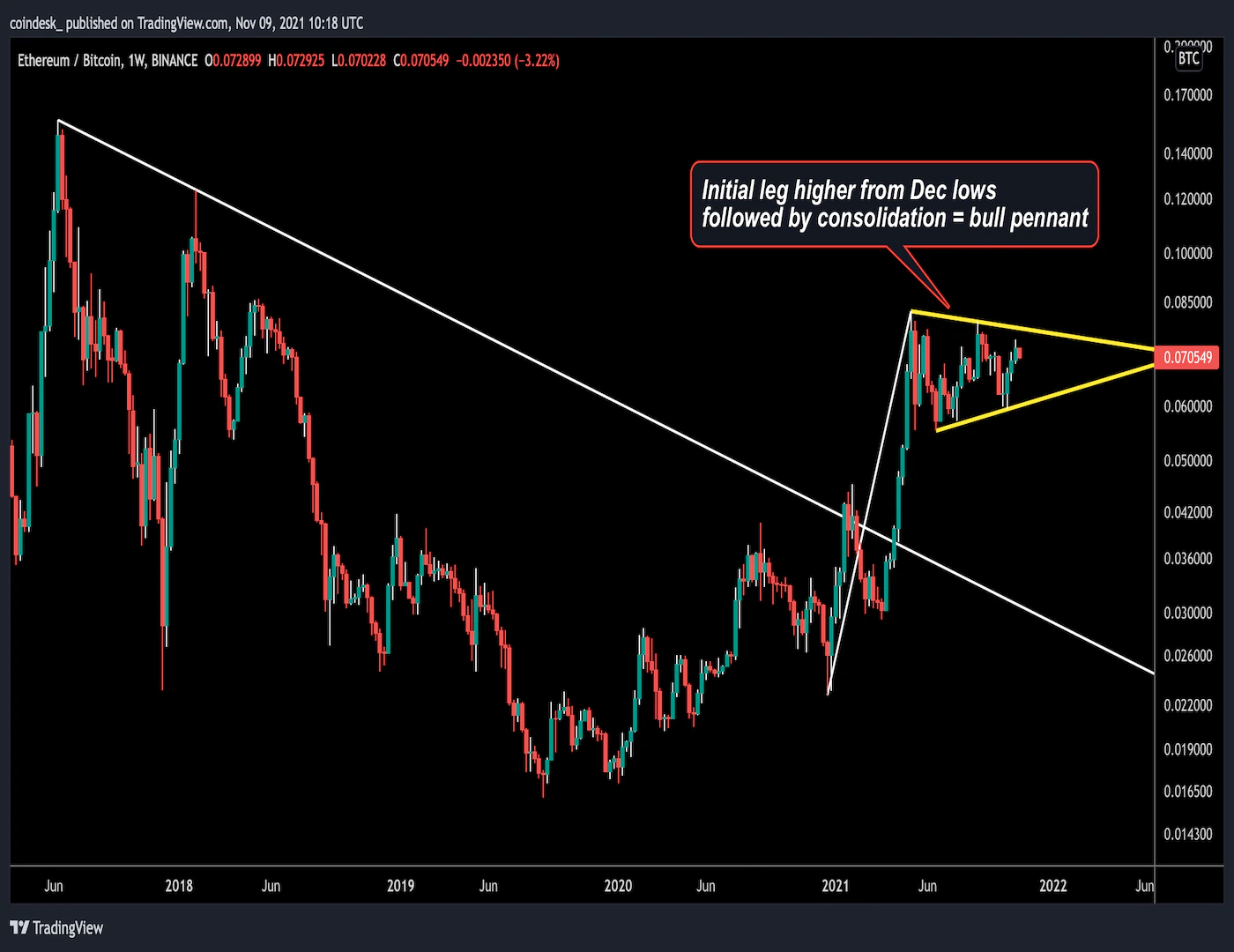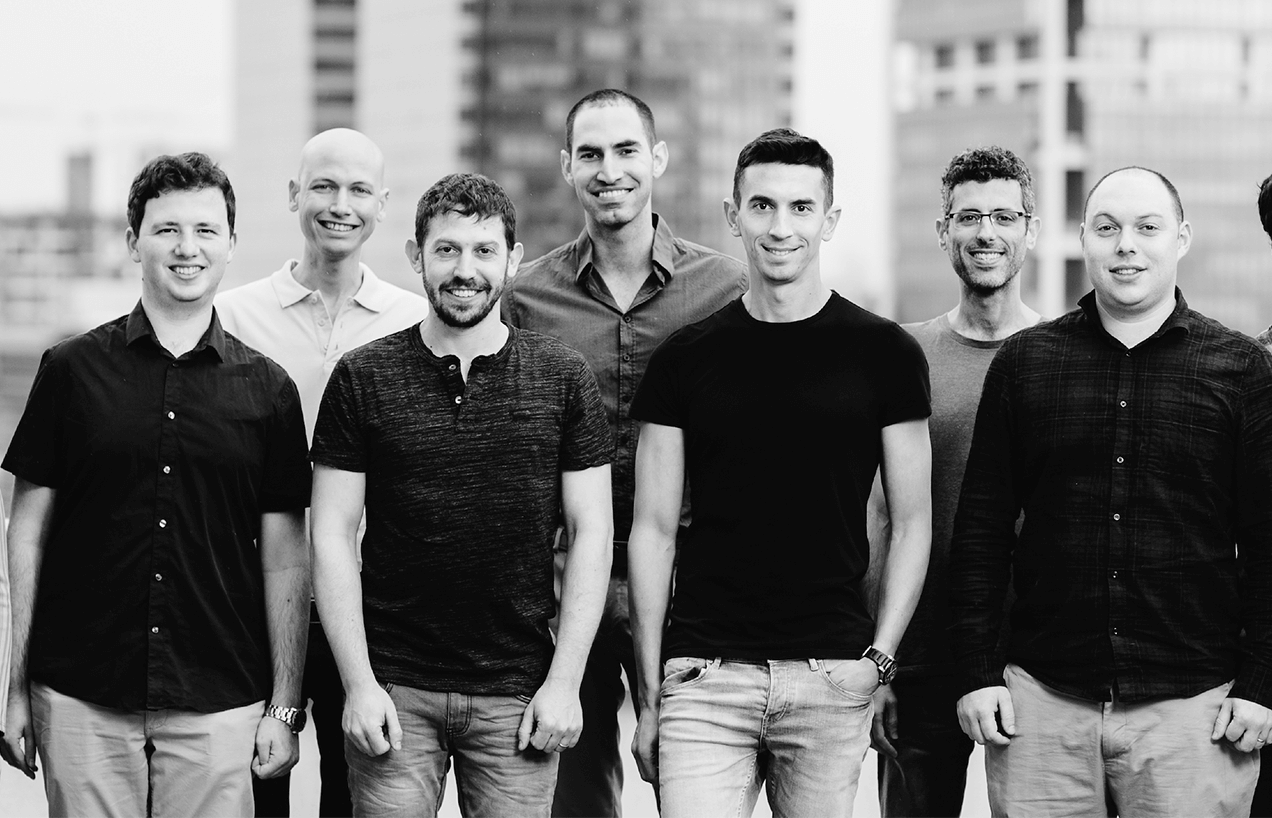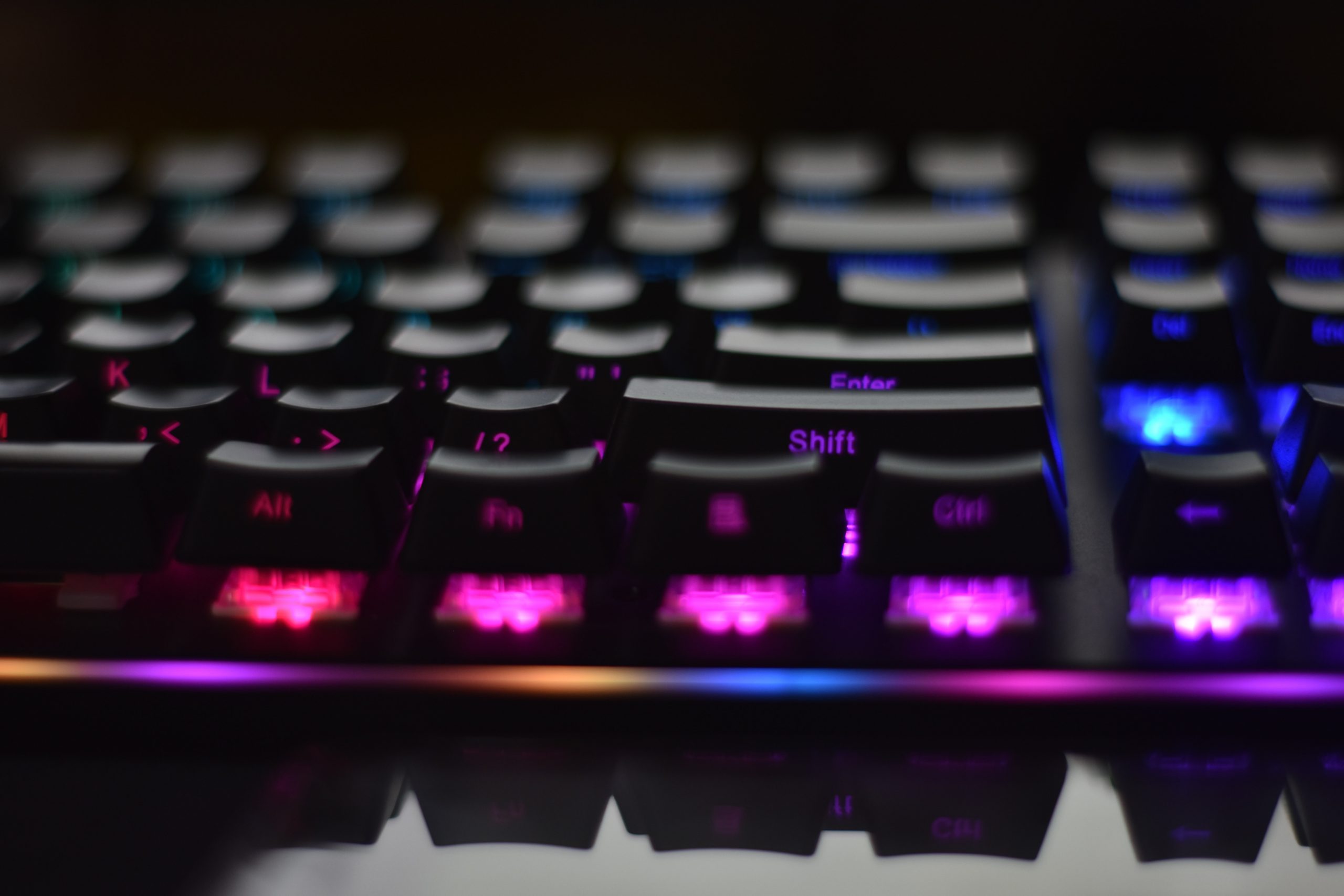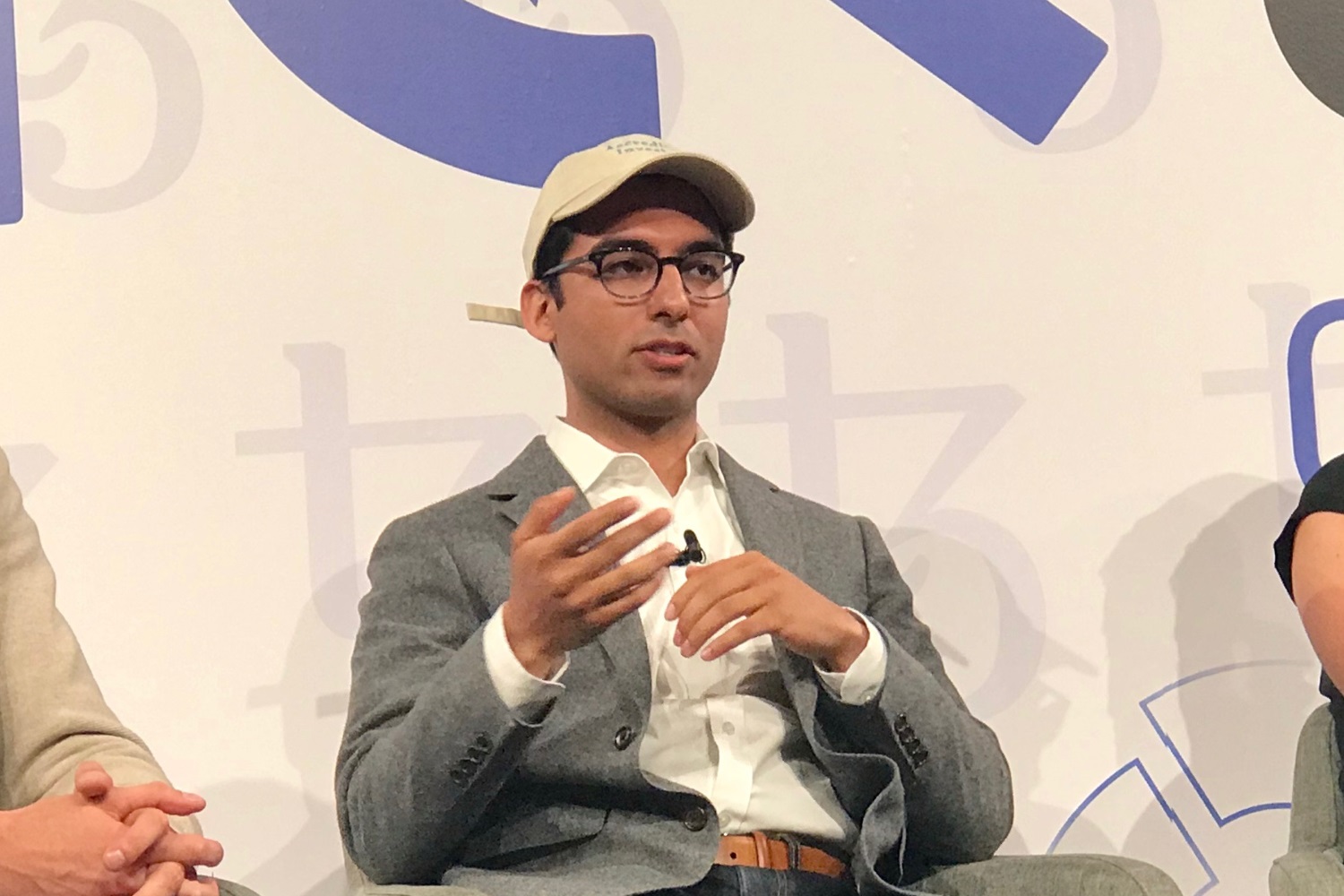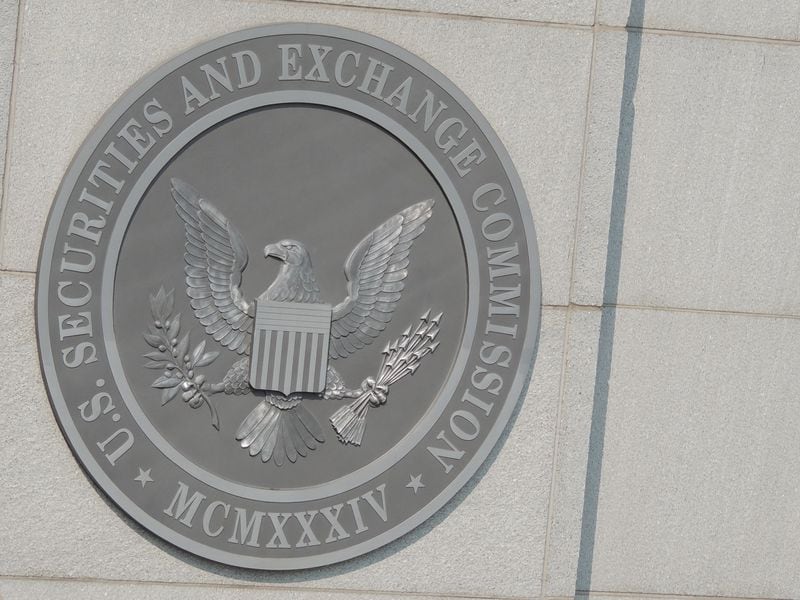Zcash Undergoes First Halving as Major Upgrade Drops ‘Founders Fund’
Zcash Undergoes First Halving as Major Upgrade Drops ‘Founders Fund’
Four years after forking from Bitcoin, privacy-centric blockchain network Zcash has completed its first halving.
At 12:37 UTC, Zcash passed block height 1,046,400 to trigger the event that cuts miners’ rewards from 6.25 ZEC to 3.125 ZEC.
A miner reward reduction or “halving” event occurs when the block subsidy, generated from new coins mined, is divided by two. The coded-in event usually triggers every four years at particular block heights depending on the particular chain.
Bitcoin had its third anti-inflationary halving back in March, and generally sees its increase after each subsequent halving event as supply is reduced.
Zcash began its journey as a fork from the Bitcoin blockchain on Oct. 28, 2016. It takes a focus on providing better privacy for users through zero-knowledge cryptography dubbed zk-SNARKs and is developed by the Electric Coin Company (ECC).
Such privacy features have been a money-laundering concern for some regulators and policymakers. Earlier this month, Colorado-based cryptocurrency exchange Shapeshift delisted ZEC along with Monero (XMR) and Dash (DASH) – two other projects with added privacy – citing increased regulatory pressure.
It’s not an issue for all trading platforms, though: Gemini, a cryptocurrency exchange regulated in New York, started allowing users to withdraw zcash with its anonymizing feature on in September.
“Zcash is the Bitcoin of privacy,” said Jehan Chu, co-founder and managing partner at Hong Kong-based blockchain investment and trading firm Kenetic. “The halving is not only a milestone event but an opportunity for traders to claw back some of the market share volume from privacy challengers like Monero.”
Like Bitcoin, Zcash’s total supply has a hard cap of 21 million coins, a supply limit that is the polar opposite of the recent and unprecedented money printing by the world’s central banks, and is attracting investor interest as a result.
“Fixed supply cryptocurrencies like Zcash and Bitcoin aren’t interesting because their issuance rate halves every four years,” said Ryan Watkins, research analyst at Messari. “They’re interesting because their issuance schedule is predictable and deterministic.”
Goodbye Founder’s Reward
“What is likely far more interesting for Zcash, is the activation of Canopy, it’s fifth network upgrade,” said Watkins. “The headline of this upgrade is the end of its Founder’s Reward and the beginning of its new development fund.”
On Jan. 3, 2019, a community forum member known as mineZcash initiated a year-long discussion that has now resulted in a trademark agreement and increased decentralization for Zcash within an all-new governance model that includes built-in funding for development.
Previously, Zcash’s unpopular Founder’s Reward meant miners typically received 80% plus transaction fees for mining blocks. The remaining 20% of the reward was split among various parties including 9.85% to ECC founders, 2.2% to the Zcash Foundation, 5.75% to ECC itself and 2.2% to ECC employee compensation. This ended with the introduction of Canopy.
Following the upgrade, miners will continue to receive 80% of the block rewards, but the remaining 20% will be divided between the new Major Grants Fund (8%), ECC (7%), the Zcash Foundation (5%).
The Major Grants Fund will support development via “large-scale long-term projects (administered by the Zcash Foundation, with extra community input and scrutiny),” according to the Zcash proposal.
Watkins noted that market participants were made aware “months ago” of Zcash’s halving and network upgrade, it’s hard to see those events driving future value increases to the ZEC cryptocurrency.
“Perhaps the halving at best may raise awareness of Zcash, because of the publicity halvings usually get, but who knows.”
At time of writing, ZEC was trading at about $63, down 3% over 24 hours, according to CoinGecko.

